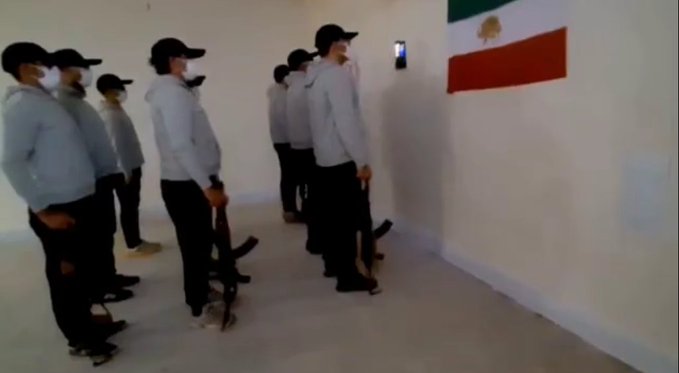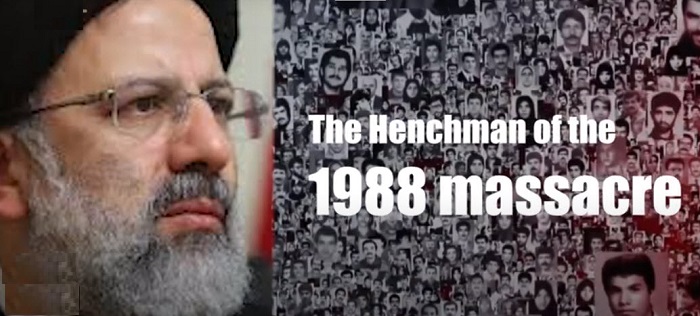
This transformation is currently unfolding in Iran, where the regime’s authorities are grappling with internal disarray and acknowledging the imminent threat of overthrow.
In a speech at Tehran University forty-three years ago, Mousa Khiabani, a senior member of the People’s Mojahedin Organization of Iran (PMOI), prophesied a future in the hands of revolutionaries. Recent events indicate the realization of his words, with regime insiders voicing concerns about the impending downfall. Mohammad Taghi Akbarnejad, a mullah with close ties to the regime, issued a stark warning about the unpredictability of the people, emphasizing their historical ability to deliver unexpected blows.
The warnings from within the regime highlight a four-decade-long battle between the Iranian people and the PMOI on one side and the oppressive regime on the other. Despite the regime’s brutal attempts to eliminate the PMOI, including the 1988 massacre of over 30,000 political prisoners, the resistance movement endured, rooted deeply in Iranian society.
The regime’s failure led to a shift in tactics, opting for silence and denial of the PMOI’s existence. However, this strategy backfired, fueling increased support for the Iranian Resistance. The regime, realizing its mistake, reversed course, acknowledging the PMOI’s significance in public discourse.
Efforts to erase the PMOI persist, with the regime mobilizing resources to spread lies, produce propaganda, and conduct a farcical trial of its members. Yet, these endeavors have only amplified the resolve of the Iranian Resistance, as Gholamali Haddad Adel, the former Speaker of the Majlis, conceded the impact of poor cultural and information apparatus efforts.

As the regime grapples with crises, the words of Mousa Khiabani echo through time, emphasizing the indestructible nature of the PMOI. Despite the regime’s attempts, the flame of resistance continues to burn, immortalizing heroes like Khiabani and the sacrifices of PMOI martyrs. In commemorating these heroes, Iran’s youth defy the regime’s mortal grip, embodying the enduring spirit of resistance against dictators.

MEK Iran (follow us on Twitter and Facebook), Maryam Rajavi’s on her site, Twitter & Facebook, NCRI (Twitter & Facebook), and People’s Mojahedin Organization of Iran – MEK IRAN – YouTu







